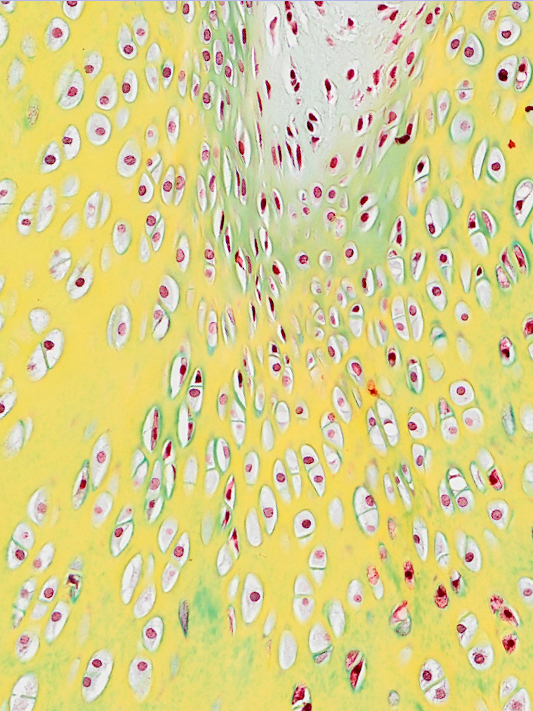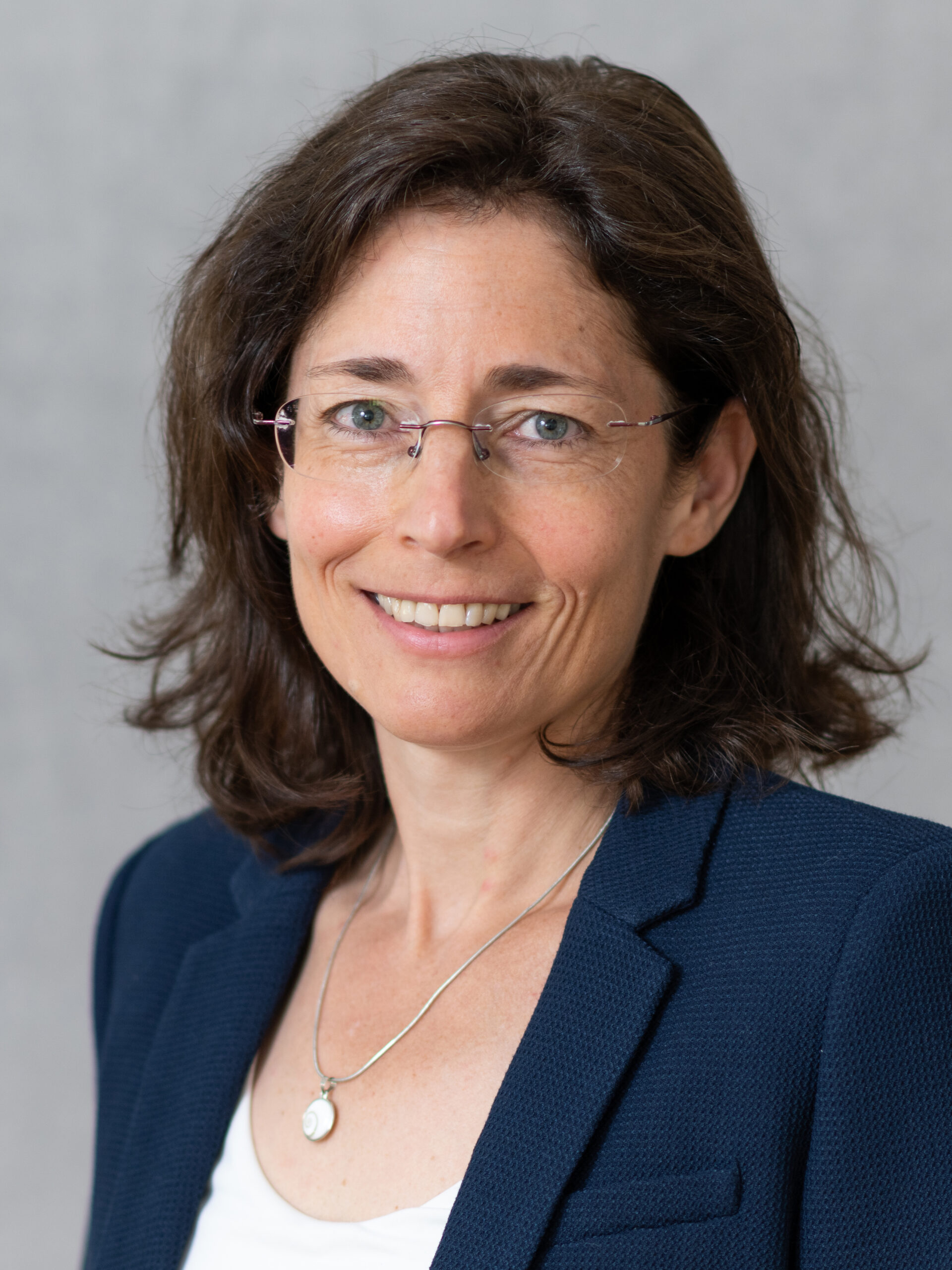Articular cartilage defects are caused by multiple reasons such as damage, abuse or genetic predisposition but have in common that they do not heal. They cause pain and require clinical intervention at a certain stage. Especially sports injuries are the reason for movement problems of young patients which particularly require regeneration rather than a replacement of damaged tissue by artificial materials such as metal, ceramics or plastic. Osteoarthritis is prevalent in elderly people and requires a systematic approach including treatment of the surrounding tissues and inflammation.
The group around Sylvia Nürnberger develops systems to grow cartilage in order to replace degraded or damaged cartilage and non-functional repair tissue. Currently, the most promising approach is the use of biomaterials operating as scaffold materials for cells. The scaffolds are either seeded with the cells in vitro before implantation or are implanted simultaneously with the cells during surgery. Research focuses on:
- Application of decellularized tissue as scaffolds for allogenic application
- Development of methods to repopulate the decellularized cartilage tissue with cells
- Engineering of scaffold materials with controlled parameters (design, mechanical properties and composition)
- Studying substances with potential positive effect on cell fitness and chondrogenesis
The overall aim is to improve and accelerate the regeneration process of the current cell-based cartilage treatment strategies and extend the limits of defect size towards large surface treatment. Furthermore, the functionality of scaffolds with adipose derived stromal cells (ASCs) as an alternative cell source to autologous chondrocytes is investigated. The application of the amniotic membrane as a gliding tissue is part of the research done in the area of tendon regeneration.

